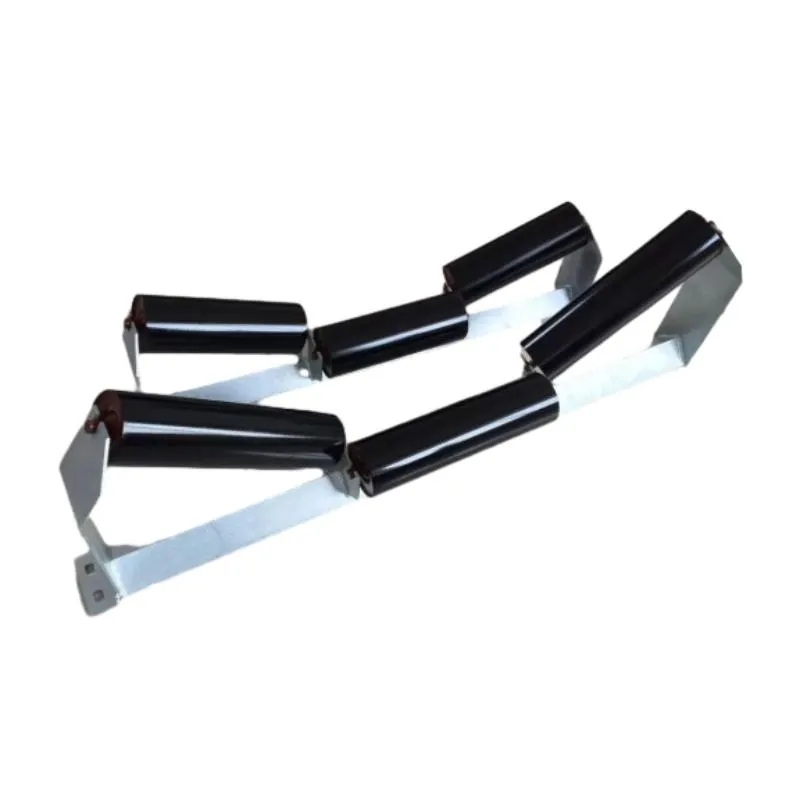 Afrikaans
Afrikaans  Albanian
Albanian  Amharic
Amharic  Arabic
Arabic  Armenian
Armenian  Azerbaijani
Azerbaijani  Basque
Basque  Belarusian
Belarusian  Bengali
Bengali  Bosnian
Bosnian  Bulgarian
Bulgarian  Catalan
Catalan  Cebuano
Cebuano  Corsican
Corsican  Croatian
Croatian  Czech
Czech  Danish
Danish  Dutch
Dutch  English
English  Esperanto
Esperanto  Estonian
Estonian  Finnish
Finnish  French
French  Frisian
Frisian  Galician
Galician  Georgian
Georgian  German
German  Greek
Greek  Gujarati
Gujarati  Haitian Creole
Haitian Creole  hausa
hausa  hawaiian
hawaiian  Hebrew
Hebrew  Hindi
Hindi  Miao
Miao  Hungarian
Hungarian  Icelandic
Icelandic  igbo
igbo  Indonesian
Indonesian  irish
irish  Italian
Italian  Japanese
Japanese  Javanese
Javanese  Kannada
Kannada  kazakh
kazakh  Khmer
Khmer  Rwandese
Rwandese  Korean
Korean  Kurdish
Kurdish  Kyrgyz
Kyrgyz  Lao
Lao  Latin
Latin  Latvian
Latvian  Lithuanian
Lithuanian  Luxembourgish
Luxembourgish  Macedonian
Macedonian  Malgashi
Malgashi  Malay
Malay  Malayalam
Malayalam  Maltese
Maltese  Maori
Maori  Marathi
Marathi  Mongolian
Mongolian  Myanmar
Myanmar  Nepali
Nepali  Norwegian
Norwegian  Norwegian
Norwegian  Occitan
Occitan  Pashto
Pashto  Persian
Persian  Polish
Polish  Portuguese
Portuguese  Punjabi
Punjabi  Romanian
Romanian  Russian
Russian  Samoan
Samoan  Scottish Gaelic
Scottish Gaelic  Serbian
Serbian  Sesotho
Sesotho  Shona
Shona  Sindhi
Sindhi  Sinhala
Sinhala  Slovak
Slovak  Slovenian
Slovenian  Somali
Somali  Spanish
Spanish  Sundanese
Sundanese  Swahili
Swahili  Swedish
Swedish  Tagalog
Tagalog  Tajik
Tajik  Tamil
Tamil  Tatar
Tatar  Telugu
Telugu  Thai
Thai  Turkish
Turkish  Turkmen
Turkmen  Ukrainian
Ukrainian  Urdu
Urdu  Uighur
Uighur  Uzbek
Uzbek  Vietnamese
Vietnamese  Welsh
Welsh  Bantu
Bantu  Yiddish
Yiddish  Yoruba
Yoruba  Zulu
Zulu How does an Idler Work?
How does an Idler Work?
An idler is used in many applications, including material handling processes and to improve belt drive performance. Conveyor belt idlers are crucial to the conveying process because they support the belt and conveyor along its full length to prevent stretching, tears, and corrosion.
The role of Idlers in Conveying Material
While idler does not transmit power or produce any mechanical advantage, they ease the workload for light, medium, and heavy-duty applications. Idlers must adhere to Conveyor Equipment Manufacturers Association (CEMA) standards.
CEMA-standard conveyor belt idlers come in a variety of selections including:
• Equal Roll Steel
• Equal Roll Impact
• Steel Return Roll
• Rubber Disc Return
• Flat Carrying
• Flat Impact
• Rough Training
• Steel Return Training
• Disc Return Training
• Unequal Roll Steel
• Unequal Roll Impact
• Offset Centre Roll Steel
• Steel V-Return
• Disc V-Return
• High Speed Spreader
Belt Conveyor Idler
Conveyor Belt Idlers for Heavy-duty Industries
Conveyor belt idlers are often used in environments that are exposed to extreme weather conditions, heat, humidity, high spillage, or excessive moisture.
High quality idlers that can stand up to harsh working conditions are manufactured with:
• High strength and impact resistant polymer endcaps
• Sealed bearings that are protected against dust and moisture contamination
• A corrosion resistant design
• Endcaps that eliminate sharp edges and prevent tears in the belt
• Additional protective components including a Safety Anti-lock Shield and High Moisture Seal
Functions of the Conveyor Belt
In the manufacturing industry, conveyor belts effectively and efficiently move products from Point A to Point B through a chain of assemblies. The purpose of a conveyor belt is to provide controlled movement of the product. Specifically, in manufacturing industries, conveyor belts are used to move material in and out of processing equipment.
CEMA-Standard Conveyor Belt Idlers
Proven engineering and innovative products have supplied companies with effective solutions that increase productivity, while industry-leading delivery times minimize down-time and operating costs for companies.
-
Trusted Conveyor Solutions from Leading Conveyor Idler Roller ManufacturersNewsJun.27,2025
-
Reliable Return Idler Solutions for Efficient Belt Conveyor SystemsNewsJun.27,2025
-
Precision Conveyor Accessories for Streamlined Material HandlingNewsJun.27,2025
-
High-Quality Belt Conveyor Idler Solutions for Efficient Material HandlingNewsJun.27,2025
-
High-Performance Belt Conveyor Pulleys for Reliable Material HandlingNewsJun.27,2025
-
Enhancing Material Handling EfficiencyNewsJun.27,2025






























